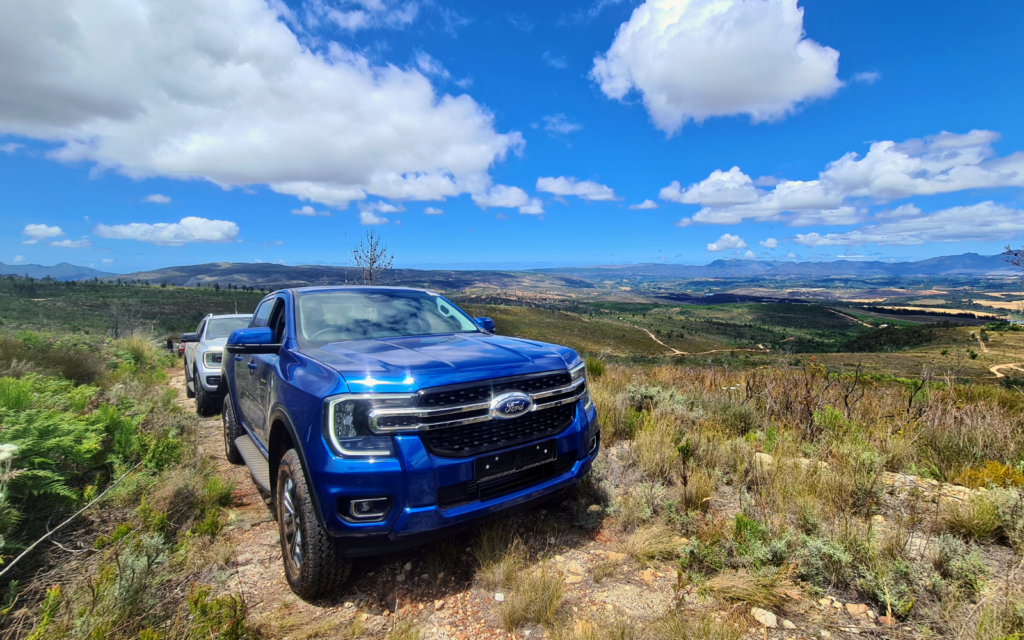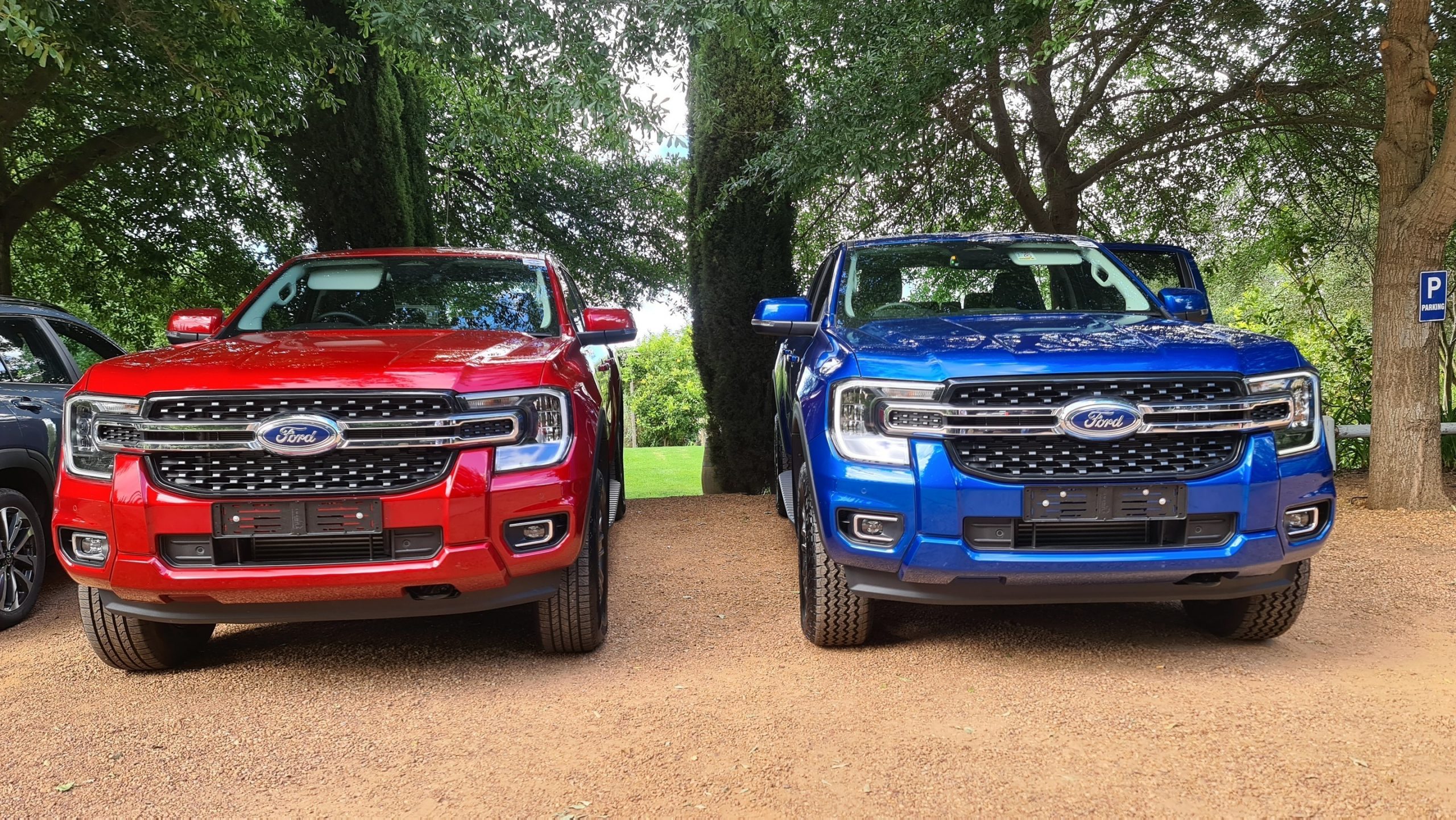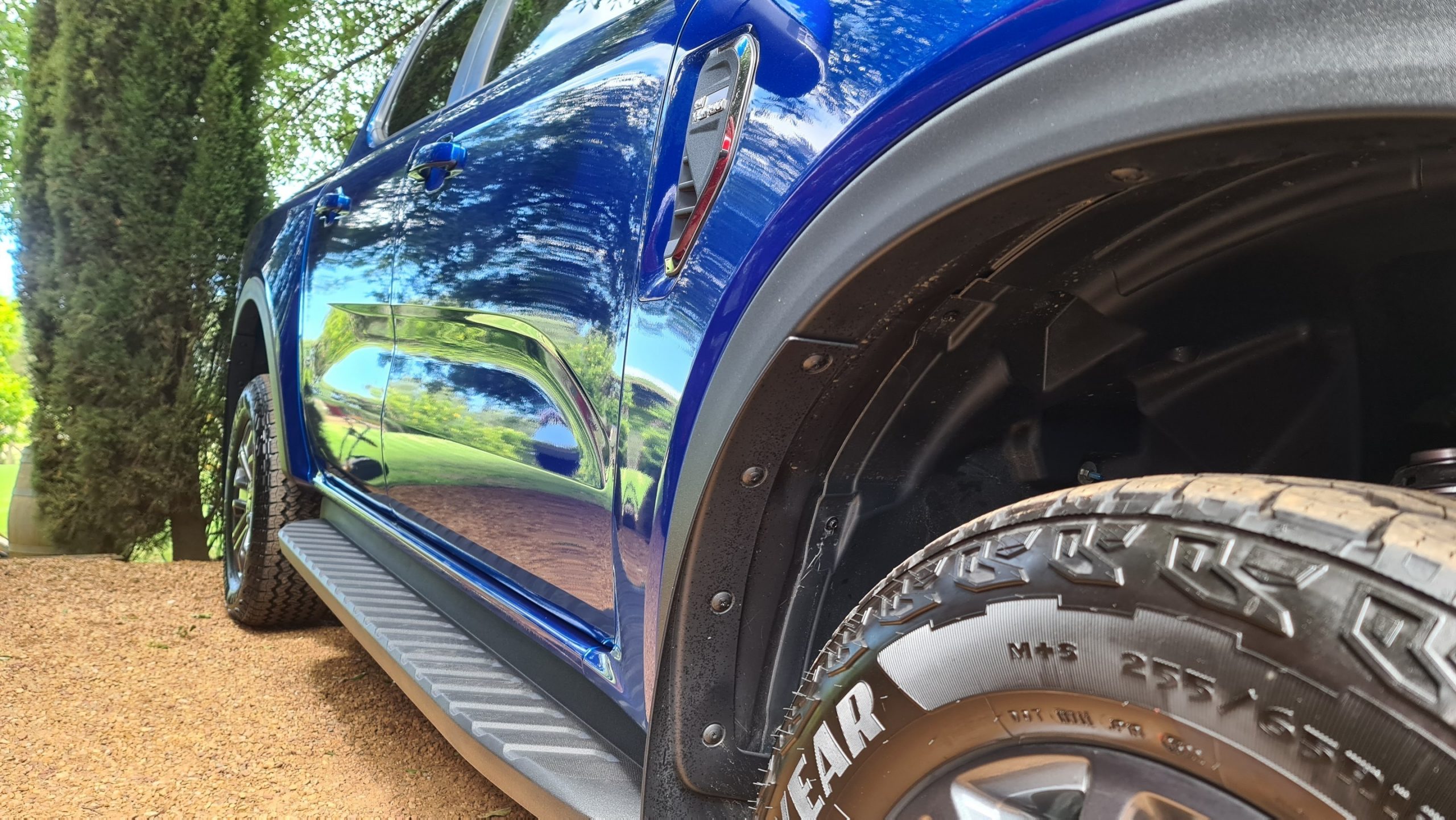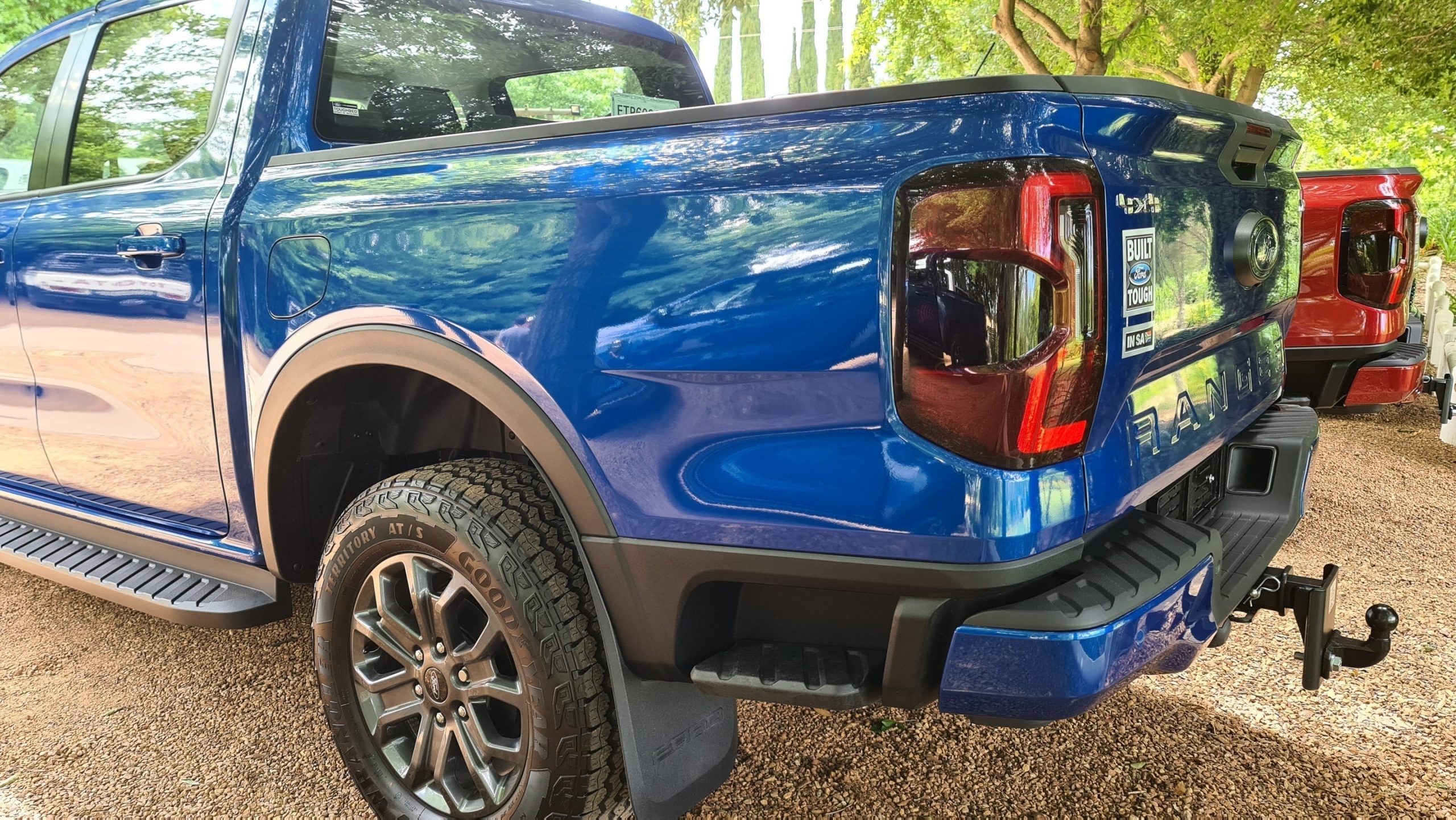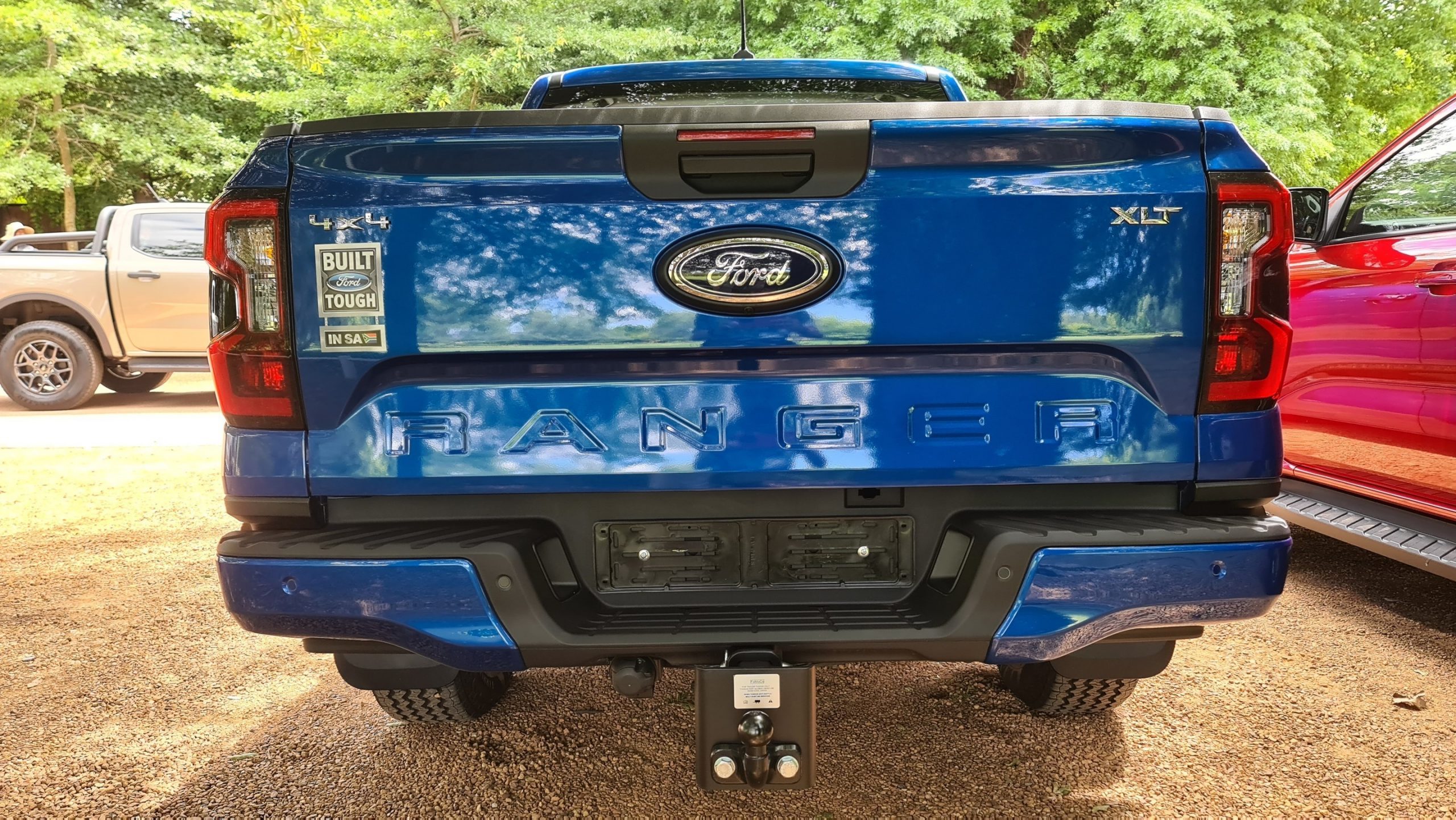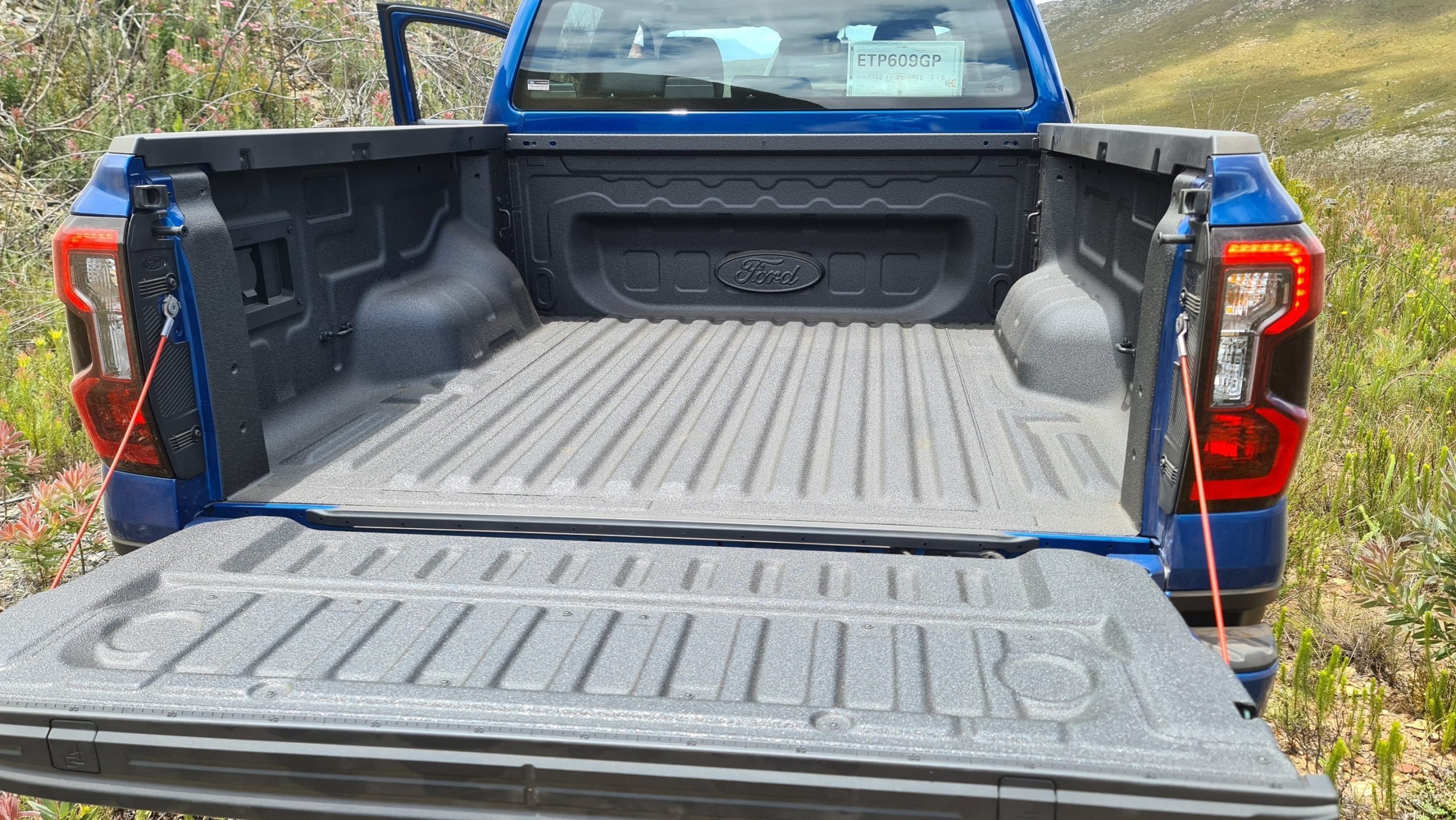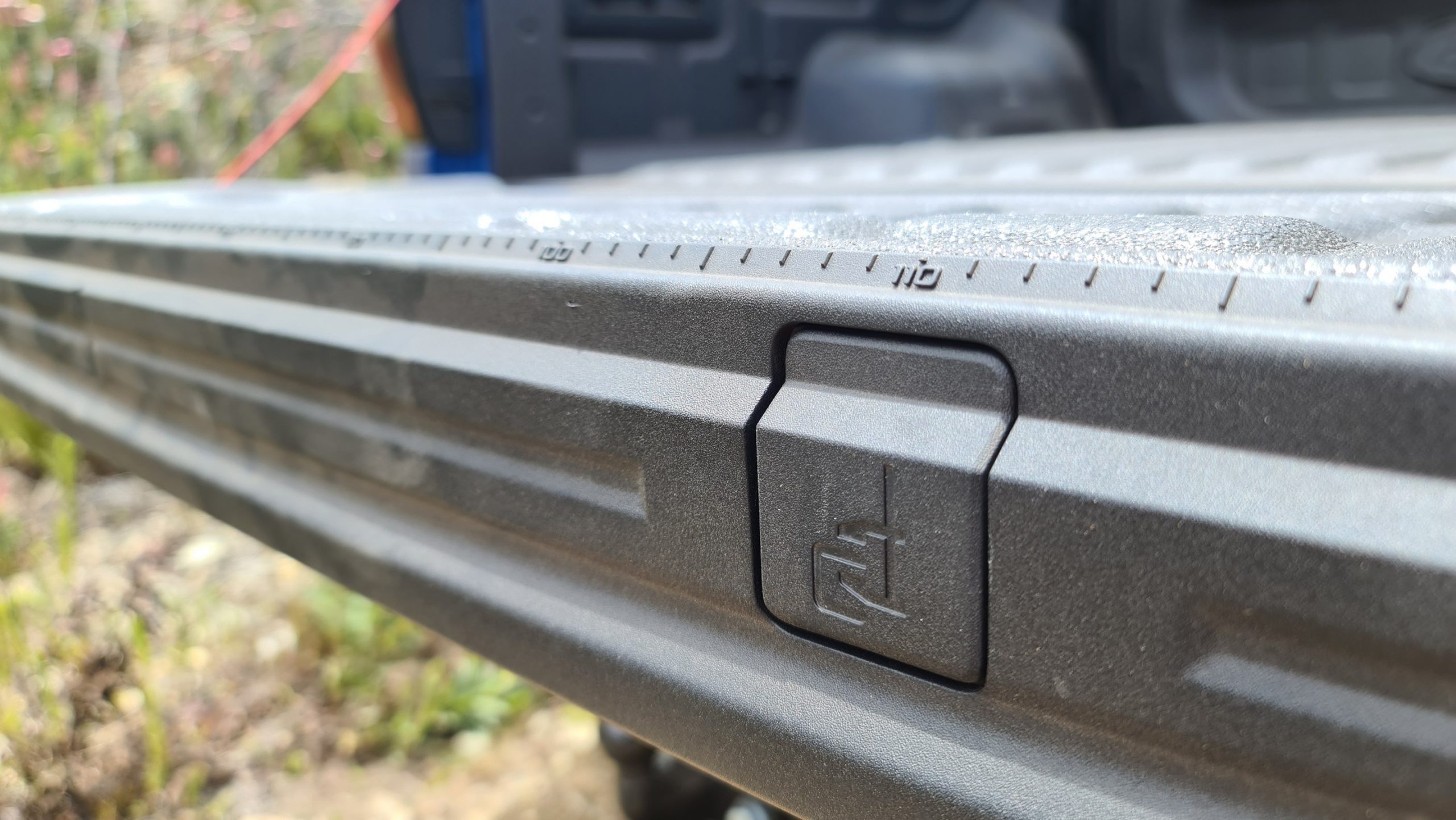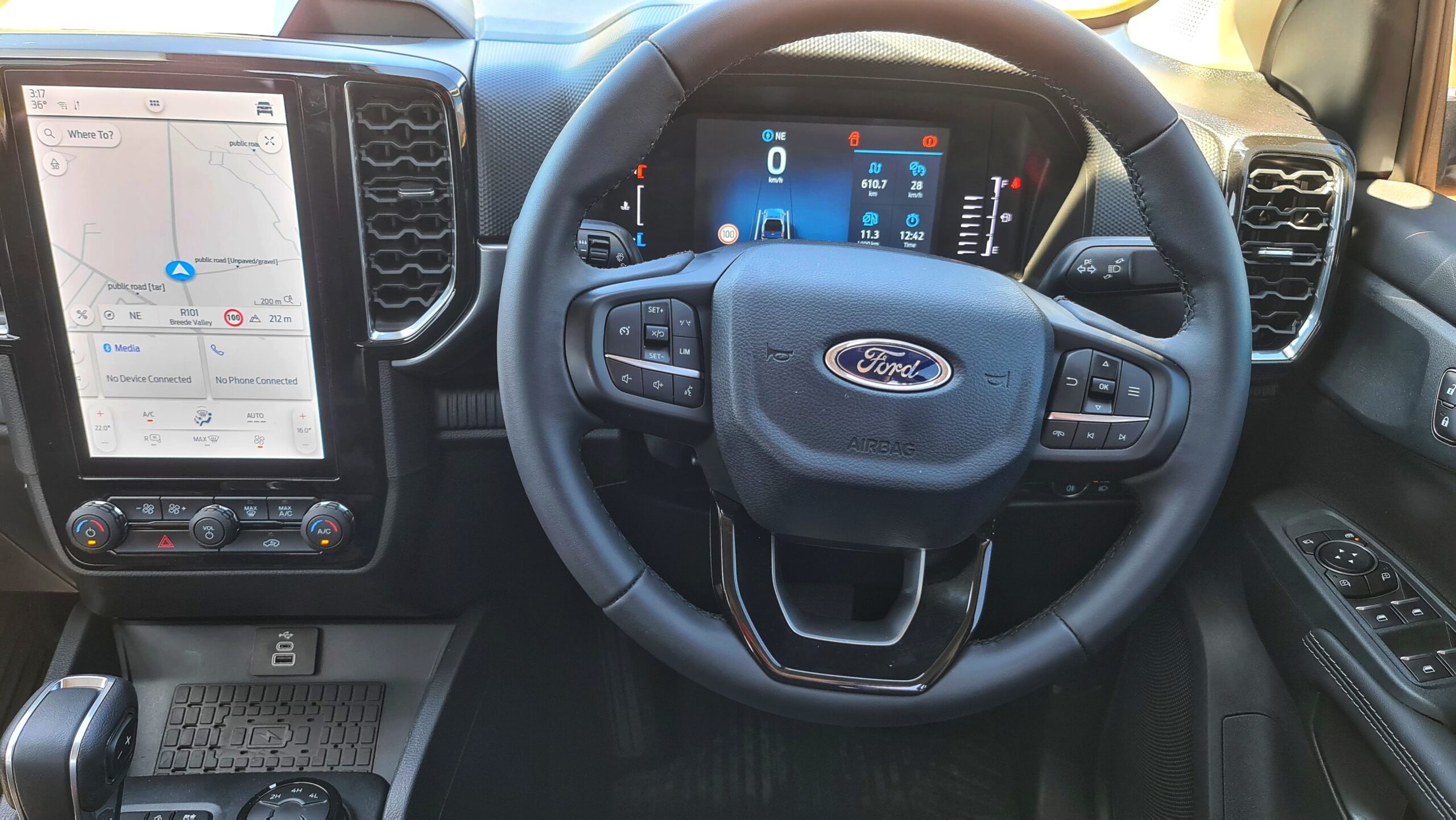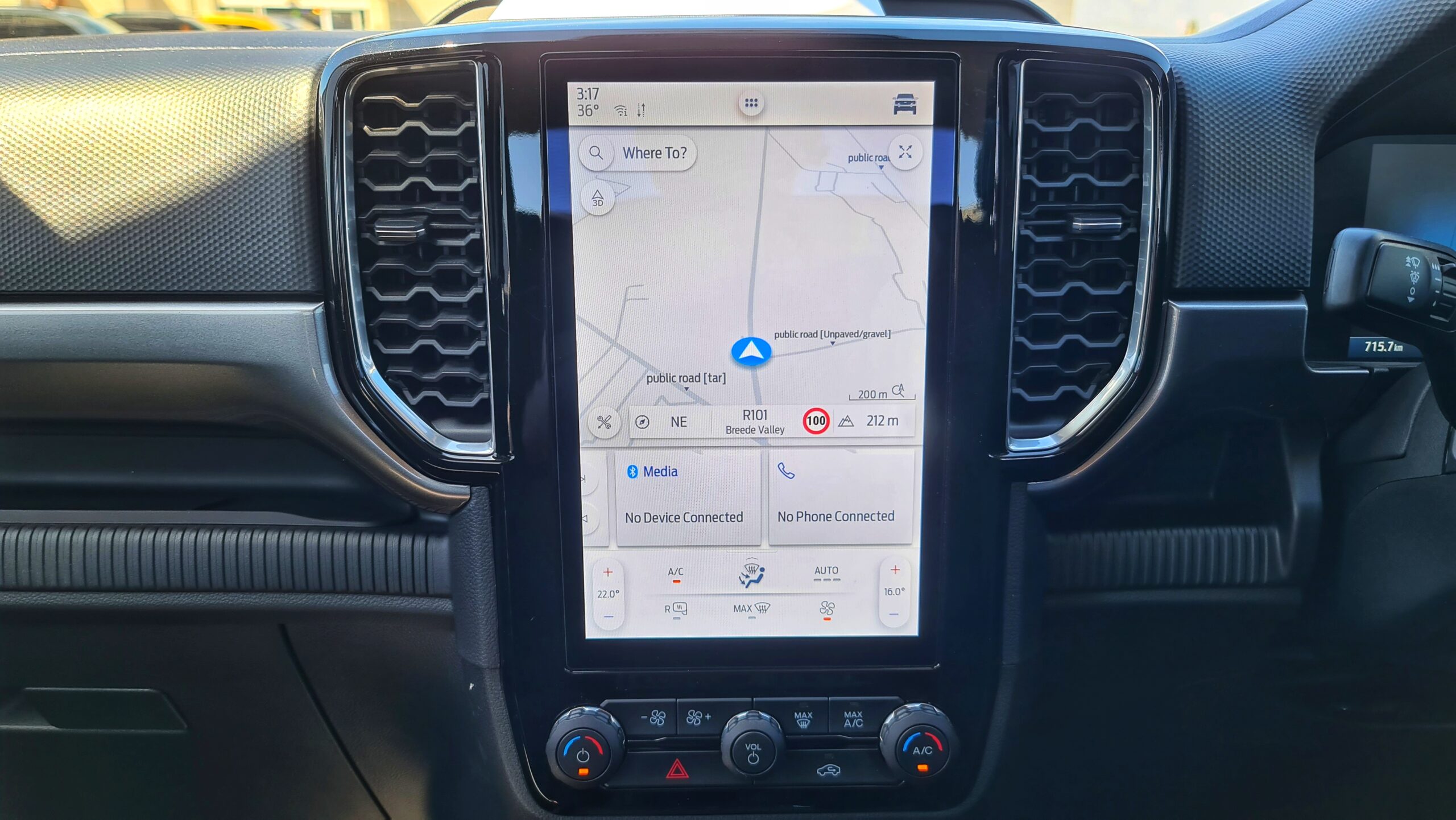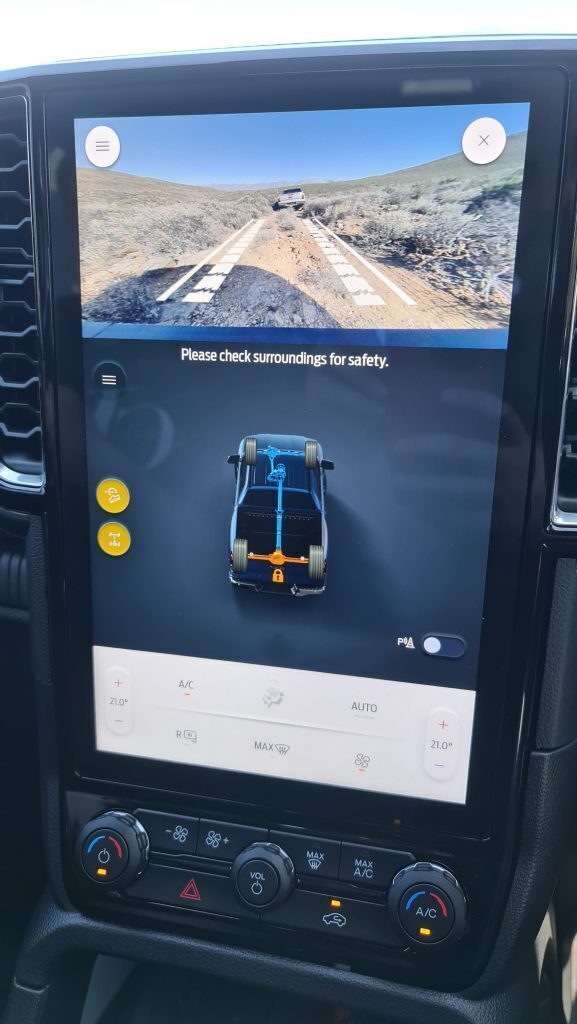The moment that many South Africans have hotly anticipated has finally arrived, Ford Motor Company South Africa has officially launched the next-gen Ranger bakkie.
Stuff was lucky enough to attend the launch event hosted in the Western Cape where we drove one each of the XLT and Wildtrak derivatives.
The launch lasted two days and took us through the Breedekloof Valley over mostly difficult terrain. There was of course some highway driving in between 4×4 trails, light gravel roads, and some serious offroading sections that most sane people would think twice about traversing. Unless, as we found, you’re in the new Ranger. But we’ll get to that.
Ready to work
The exterior of the new Ranger has been toughened up with design language borrowed from its American F-150 cousin. You get 50mm more bakkie from the slightly extended wheelbase and track width. The C-clamp daytime LED running lights, as seen on the new Everest, make their return. The front grille has been redesigned with a strong horizontal bar which continues down the sides of the vehicle through a strong shoulder line.
Read More: 35% of Ford’s Silverton plant is now powered by the might of the sun
Around back, Ford has made some great quality-of-life improvements that anyone who uses their Ranger for more than just carting kids will appreciate. Even if you’re just playing taxi, the little ones don’t have to jump on the wheel to clamber into the load box thanks to an integrated step behind the rear wheels.
There is an assortment of other features, all integrated into the vehicle so as not to feel tacked on. Ford said it listened closely to what existing Ranger owners want and it shows.
First off, there are outlets for the internal 400W inverter in the load box. The tailgate comes adorned with a rubber ruler on the inside lip for easy measuring and you’ll find a few spots to clamp things down. There are even slots in the walls of the load box to help with storage management if you’re the kind of person who likes to keep things tidy.
Report to the captain’s cabin
The cabin of the next-gen Ranger follows in the footsteps of the next-gen Everest in that it actually feels next-gen instead of just claiming to be because it’s new.
Depending on the derivative you go for, you’ll either get a 10.1 or 12in vertical touchscreen infotainment system for controlling settings and features. The instrument cluster has been digitised as well, although it didn’t have the same advanced feel that the Everest Platinum did. These two additions would probably be enough to call the Ranger ‘next-gen’ on their own. But it has more to offer.
Both the XLT and Wildtrak models we drove have a camera up front. When you switch to low-range gearing, the camera displays on the centre console with an overlay of where your wheels are going. This makes navigating unfamiliar terrain almost too easy. The Wildtrak derivative steps this up with a full 360-degree camera feed which isn’t the highest resolution we’ve ever seen but if it saves you from pushing over a pole, does it matter?
Those extensions to the wheelbase and track width are also apparent inside. The cabin is noticeably roomier in front and passengers in the back shouldn’t feel too cramped either. We also feel it necessary to mention the quality of the materials used in the cabin. They felt premium, even in the mid-range XLT.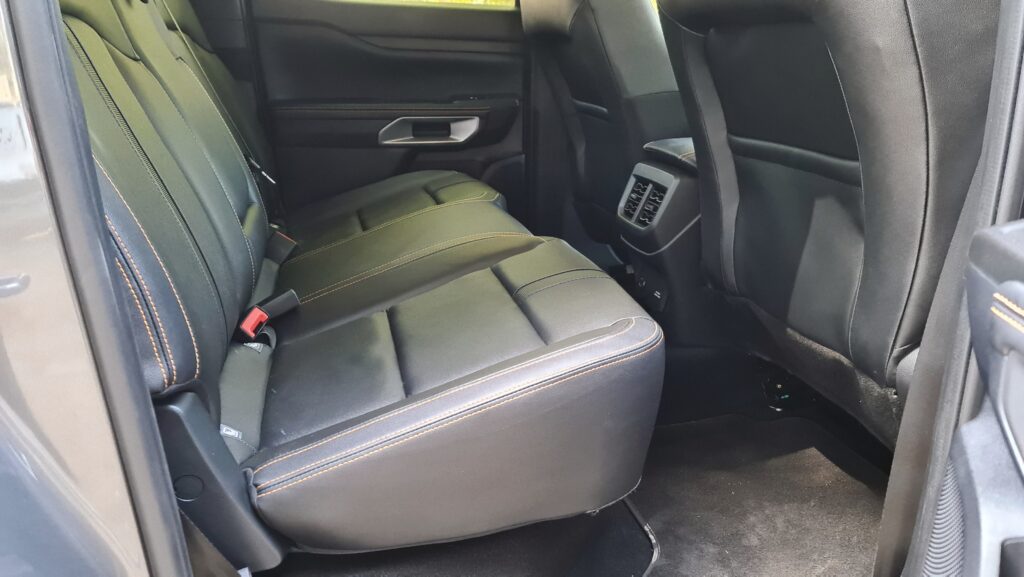
Ford is using its updated SYNC4A OS for the infotainment system which is a welcome update over the previous version. It’s relatively intuitive to navigate and the display feels responsive (most of the time). You get the usual Android Auto and Apple CarPlay support as well.
The factory-fitted modem makes a return allowing Ranger owners to link their bakkie to the FordPass app. The app hasn’t changed since we last looked so you can read our thoughts on that in our Everest or EcoSport articles.
Elsewhere in the cabin, you’ll find plenty of places to put things. There’s a spot in the middle that supports wireless charging; there are USB ports dotted around for wired charging; the passenger dash holds an integrated ledge for your passenger’s phone; cup holders in front of the A/C vents (to keep drinks cool) as well as two more in the centre; and a dedicated place for your french fries (not really).
What your money gets you
We’ll start by saying that, for the moment, your only options are double cabs. The other cab layouts should start appearing by April 2023. If you’re waiting for the new Ranger Raptor, it should appear around then as well.
Of the double cabs on offer, Ford has four models to choose from: Base, XL, XLT, and Wildtrak. The first two are primarily aimed at business owners and customers looking to get the most bang for their buck, while the last two (the two we drove for the launch) cater to those looking for something for work and pleasure.
It must be mentioned that the base and XL derivatives also come standard with the vertical touchscreen infotainment system. Although, it’s only the slightly smaller of the two sizes.
Under the bonnet, your list of choices grows longer. The headline V6 turbodiesel engine we first came across in the Everest Platinum shows up in the Wildtrak, along with an updated 10-speed automatic gearbox. If you don’t need the 184kW/500Nm power the V6 provides, you can swap it out for a 2.0-litre bi-turbo diesel engine providing 154kW/500Nm. That’s also paired with the 10-speed auto ‘box.
For the rest of the models, your engine options are a 2.0-litre single-turbo diesel (125kW/405Nm) or the 2.0-litre bi-turbo diesel. Those come in either 4×2 or 4×4 flavours and can be paired with a 6-speed manual, 6-speed automatic, or the 10-speed automatic box for the XLT and Wildtrak models.
Time to get up and go
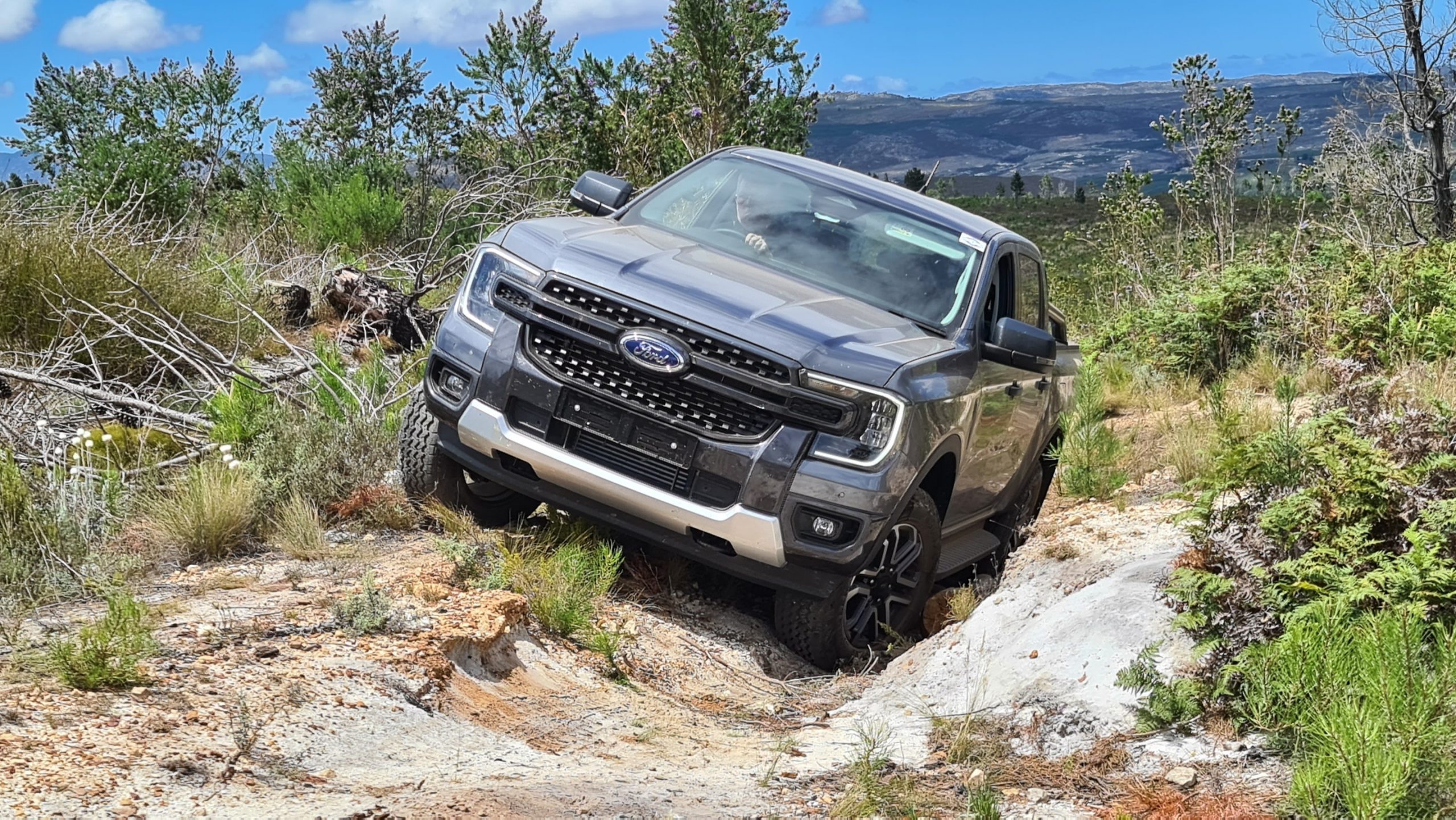 Looking at specs on paper is one thing and actually driving the Ranger is another. We started off behind the wheel of a 2.0-litre bi-turbo diesel XLT model. We headed out from Cape Town International Airport and on-road it felt steady with the responsive powertrain providing smooth power delivery and a refined ride overall. It was only when our right foot became heavier that we noticed the wobble of a body-on-frame vehicle.
Looking at specs on paper is one thing and actually driving the Ranger is another. We started off behind the wheel of a 2.0-litre bi-turbo diesel XLT model. We headed out from Cape Town International Airport and on-road it felt steady with the responsive powertrain providing smooth power delivery and a refined ride overall. It was only when our right foot became heavier that we noticed the wobble of a body-on-frame vehicle.
It was more of the same in the Wildtrak, except overtaking was significantly easier and we noticed it seemed quieter than its bi-turbo counterpart. We found we didn’t even need to floor it for the Ranger to give us more power. It was already there and waiting, even in the lower revs. If towing a trailer, horsebox, or another large object is a frequent occurrence for you, the V6 powertrain in the Wildtrak is what you’re after.
The smooth ride continued, even when the tarred road came to an end. Both derivatives fared surprisingly well over harsh terrain thanks to their off-road assistance systems. Of course, you still feel it when you misjudge a dip and scrape the tow hitch. But, barring scenarios you’d prefer to avoid, you’re in for a smooth ride.
The Wildtrak in particular, with its four-wheel-drive automatic mode, made it clear that even if you aren’t a seasoned off-roader, you’ll get to where you’re going in one piece. And, maybe more importantly, you’ll enjoy every metre of the trip. Well, we did anyway.
Final initial thoughts
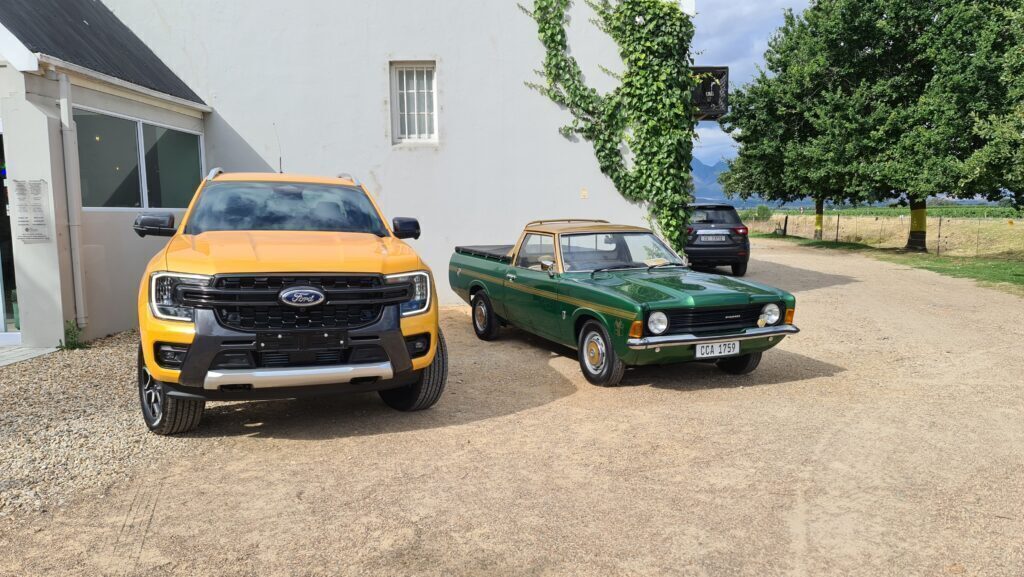
Based on our time with the new Ranger, we feel confident in saying Ford has found a winning formula here. This, together with the new Everest (which is based on the Ranger), are some of the most advanced vehicles we’ve driven. And not from the mind of a child imagining what future vehicles might look like. In a way that makes practical sense.
The fact that Ford’s entire double cab range is rather competitively priced has got to mean the folks at Toyota and Isuzu are sitting up and paying attention. Although it should be noted the list price does not include a service plan which will need to be purchased separately. You’ll also need to think carefully about what you want from your Ranger and then pick the options packages that suit your needs as these can’t be retrofitted.
Here is a full list of the base prices for the various trim levels:
Base
2.0L SiT Double Cab 4×2 6MT – from R486 000
2.0L SiT Double Cab 4×4 6MT – from R528 600
XL
2.0L SiT Double Cab XL 4×2 6MT – from R529 900
2.0L SiT Double Cab XL 4×2 6AT – from R544 400
2.0L SiT Double Cab XL 4×4 6MT – from R607 300
2.0L SiT Double Cab XL 4×4 6AT – from R621 900
XLT
2.0L SiT Double Cab XLT 4×2 6AT – from R592 700
2.0L SiT Double Cab XLT 4×4 6AT – from R669 800
2.0L BiT Double Cab XLT 4×2 10AT – from R702 300
2.0L BiT Double Cab XLT 4×4 10AT – from R782 100
Wildtrak
2.0L BiT Double Cab Wildtrak 4×2 10AT – from R778 300
2.0L BiT Double Cab Wildtrak 4×4 10AT – from R867 700
3.0L V6 Double Cab Wildtrak 4WD 10AT – from R953 500

